Author & Photographer: George Mitchell
Our recommendations are not influenced by affiliate links – we have none. Our content and advice is derived from our personal experience and knowledge based on spending five months in Thailand as well as travelling for 3 years Round The World.
Why You Should See the Hill Tribes
Over thirty years ago, we were one year into our three year Round The World backpacking trip. It was time for an adventure.
We hiked into the infamous Golden Triangle in search of colourful hill tribes living in Northern Thailand. The trek magically went to one village of each ethnic group. Traditionally, these groups were subsistence farmers, practising slash and burn farming methods. The infamous burning season is in March when the jungle is burned to create rice fields.
Hill Tribe Trek
We joined a five day Youth Hostel Tribal Trek on February 11th many decades ago. We went on a crowded truck to Fang and then began our hike. Sitting in the foreground, Corinne is the token blonde of our six-member plus two guides group.
Pinan, our guide, gave us a short talk about each village before we entered. He did not walk around with us or help us communicate with the villagers. This was probably because the hill tribes did not speak Thai. They have their own languages belonging to the Tibetan-Burmese language group.
Scholars highly debate whether the original homeland of the Hill Tribes was Tibet. What is agreed is that they emigrated from Yunnan Province after the invasion of the Ming Dynasty in 1644.
In spite of being poor, the young children generally looked very healthy and cute. In contrast the older generation had very weathered faces. They do not have Thai citizenship and are considered usurpers, even if they were born in Thailand. They cannot own the land where they live.
Akha Village 1
Our first shock was that a third man joined our group as a guard armed with a rifle. He stayed with us for two days as we crossed the poppy fields. We were walking in the opium growing Golden Triangle. After a 41 minutes we reached an Akha village. Pinan told us that twins are considered a bad omen and are killed at birth. The couple must also move to another village.
Yes there are men in the villages but the male villagers we met wore western clothing so I did not take photos of them. The people looked poor and the boys made munching noises indicating they wanted candy, Unfortunately, men sell rice to buy opium. They don’t plant fruit or cash crops as they move around a lot.
Shan Village
After a 1:15 hr walk we arrived at a Shan village. People seemed friendly and smiled easily. Pinan used to work here as a monk teacher. We slept in a large room up on a hill overlooking a Burmese style temple. The Shan tribe moved from Burma to Thailand but stay in one place. They don’t smoke opium. The men and women work together to grow tea and sell it to the Chinese.
It was very cold at night and Gail and ourselves were the only hikers that brought sleeping bags. The tribe rented thin blankets for THB 5 to the others. Two thin blankets were not enough. We woke up on a cold Friday morning and could see our frosted breath. Are we still in the tropics? On the other hand the air was clean and it was so tranquil. We had coffee, toast and jam to warm up.
Akha Village 2
Akha females wear an elaborative headdress made with silver or white beads and silver coins. At the second Akha village, an old woman in traditional red and black costume dressed Corinne in their colourful headdress. Corinne looked like she just joined the Akha tribe. We thought they just wanted to see what a blonde girl looked like in their clothes. It turned out, they wanted to sell the headdress at a high price. We bought a gourd necklace instead.
Entrances to all Akha villages are fitted with a wooden gate adorned with elaborate carvings on both sides. A “spirit gate” marks domain of man from the realm of spirits and wildlife. The purpose of the spirit gate is to ward off evil spirits and entice favorable ones.
Karen Village
The Karen (Kaylin) migrated from Burma to Northern Thailand in the 18th century. This was spurred by the Kaylin struggle for independence from Burma. They are the most successful tribe financially. At the Karen village we walked around while lunch was prepared.
Unmarried girls wear red-fringed white dresses. We met one woman wearing the white cross stitched red and black vest over a red skirt. She was very pretty and looked too young to be married. We followed her to the waterhole where she filled bamboo tubes with clear water.
We began our practice of showing tribal pictures in the People of the Hills book. This generated lots of interest.
KMT Chinese Village
The next part of the trek was a long uphill with several beautiful viewpoints. Although she had recently trekked in Nepal, Gail trailed way behind us. Thus 2.5 hours later we had to descend in the dark to a large KMT Chinese village. The stars sparkled above us and the lights of the village shone below, The lost army of the Chinese Nationalist Party (KMT) that did not make it to Taiwan, fled to Thailand.
Pinan pointed out poppy fields. He said this would yield 1.5 kg of opium, which earned the farmers only THB 3000 per kg.
That evening, an old Chinese man brought his pipe and a few people smoked opium. It had a very sweet mellow smell. Only the two French members of our group tried opium.
We walked through a very neat and large village on a hill with good views. Along the slope were pandanus trees.
Lisu Village
On Sunday we saw beautiful rice paddies with the mountains of Burma in the background. Rice is hydroponic grass. It is planted in muddy fields with dykes (paddies) or mountain terraces then flooded with water.
Rice (Oryza sativa) cultivation dates back to 11,500 BC in China. More than 90% of the world’s rice is grown in Asia. Thailand is the sixth largest producer.
The more advanced Indian civilization was emulated during the Indianization of Southeast Asia period. Thailand adopted Hindu deities, literature, merit making, marriage and ordination ceremonies. In wedding ceremonies, rice is thrown into the sacred fire. Rice symbolizes fertility, prosperity, and purity.
We reached a very clean and organized Lisu village.
The string earing is a talisman to protect the child. There is free health care for the hill tribes but the villagers believe in animism and trust their shaman more.
In poor areas of the world about 50% of the children die by age five! Pinan told us the Lisu had three shamen — one for crops, one for animals, and one for people. When someone is sick, the family has to make an offering of a chicken then second a pig. If the person died, they would simply accept that their life was finished.
The Lisu women wore traditional green and blue dresses as well as pants. At first they were shy.
We showed them tribal pictures in the People of the Hills book. This generated lots of interest.
They are very responsible at an early age — cleaning, carrying wood, baskets…
As young as six years old, girls start carrying babies around, using a simple cloth to tie the baby onto their back. So cute!
Betel nut is the seed of the fruit of the areca palm. Betel nut is a stimulant drug, which means it speeds up the messages travelling between the brain and the body. Betel nut chewing is an important cultural practice. It stains the teeth red and causes mouth ulcers, gum disease, heart disease, and cancer.
Lahu Village
The hill tribe villages are very poor. In this Lahu village they did weaving.
The Lahu costume is red and black. Accompanied by our child entourage, we walked to the river where the adults were washing clothes and themselves. They covered up when they saw us.
Yao Village
At the end of the trek, we saw a Yao village. The Yao don’t think they have enough kids so they buy them from other tribes.
Miao Village
Miao villagers gave up opium farming to work on teak plantations and create woven goods.
There are an incredible number of weavers. Women and children wore colourful traditional dress.
The Miao village is just off the main highway and they sell crafts to locals and tourists.
How has this Area Changed?
There are still hill tribe treks but few people seem to be talking about it. On our last trip to Thailand, we were able to drive through the area where we trekked.
We drove to the Royal King’s Agricultural Project started in the 1960s. These communities are now associated with organic farming of cash crops such as coffee and strawberries – the project is held in high regard globally as an example of an effective programme for eradicating opium growth.
Thai Craft Shopping
If you want to get a Thai souvenir, avoid touristy goods made in other countries. Instead buy the best arts and crafts that are made in Thailand. Generally, these are made by the Hill Tribes.
Doi Suthep
Most wats in Thailand have vendors selling food et al. to Buddhist visitors.
North of Chiang Mai is Doi Suthep National Park. It has a famous wat with hill tribe vendors selling crafts.
Thai Tribal Crafts
Many of our crafts were bought at the Thai Tribal Crafts shop in Chiang Mai. Here we bought Karen vests, Akha beaded aprons, Miao and Karen pillow cases…
We were also able to go to a Hill Tribe Sale at the International School. Here we bought the very unique eggshell inlay on lacquerware plates and boxes made by the lepers from the McKean Rehabilitation Center in Chiang Mai.
Naraiphand Store
We went frequently to Naraiphand Handicrafts in Bangkok, where we bought so many of our Thai crafts, most of them made by the Hill Tribes. The prices were the same as in Chiang Mai. Our best buy was the ten inch gold inlay on black lacquerware plates, BHT 215 (USD 6), today worth over USD 100!
Thai Tribal Crafts Address and Hours
Address:
Open : 1000 – 2000 hrs
Website : https://www.myguidebangkok.com/shopping/narai-phand
Other Posts You May Like
Here are the other posts for visiting Chiang Mai.
Custom Maps and Facts to Plan your Itinerary
TH is the ISO Country Code for Thailand.
THB is the ISO Currency Code for Thai Bahts.
THB 100 = CAD 3.86, EUR 2.59, GBP 2.25, USD 2.83
When is the Best Time to Visit?
Based on average maximum temperatures from NOAA:
| Month | Season | Max Temp | Rain Days |
| Nov-Feb | Cool | 30 to 33°C | Nov = 4 |
| Mar-May | Hot | 34 to 35°C | 5 to 13 |
| Jun-Oct | Rainy | 31 to 33°C | 9 to 17 |
The data supports the fact that Nov-Feb is the best season to visit. November and April strike the best balance between less tourists and best weather. The southeast coast is best to visit January to March and July to September.
The high season is November to March when the weather is “cool” and dry. Prices will be higher and tourists will be numerous.
The shoulder season is April to June and October. The weather varies but is generally pleasant but hotter. It is more pleasant to be along the coast than inland.
The low season is from July to September. It coincides with short afternoon showers or monsoons. The southeast experiences heavy rainfall from October to December.
Is Thailand Safe?
According to the Numbeo Safety Index, Thailand is a very safe country.
Thai Culture and History
People of the Hills, book

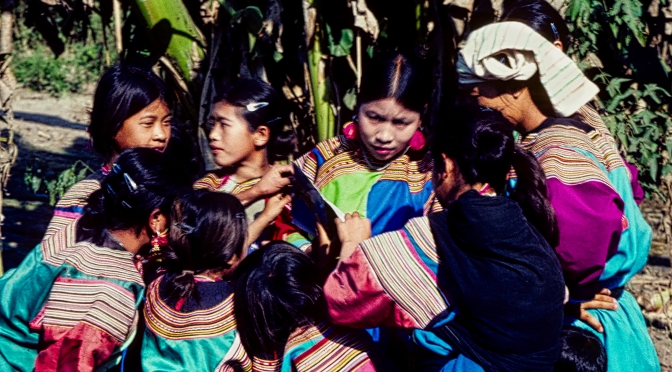
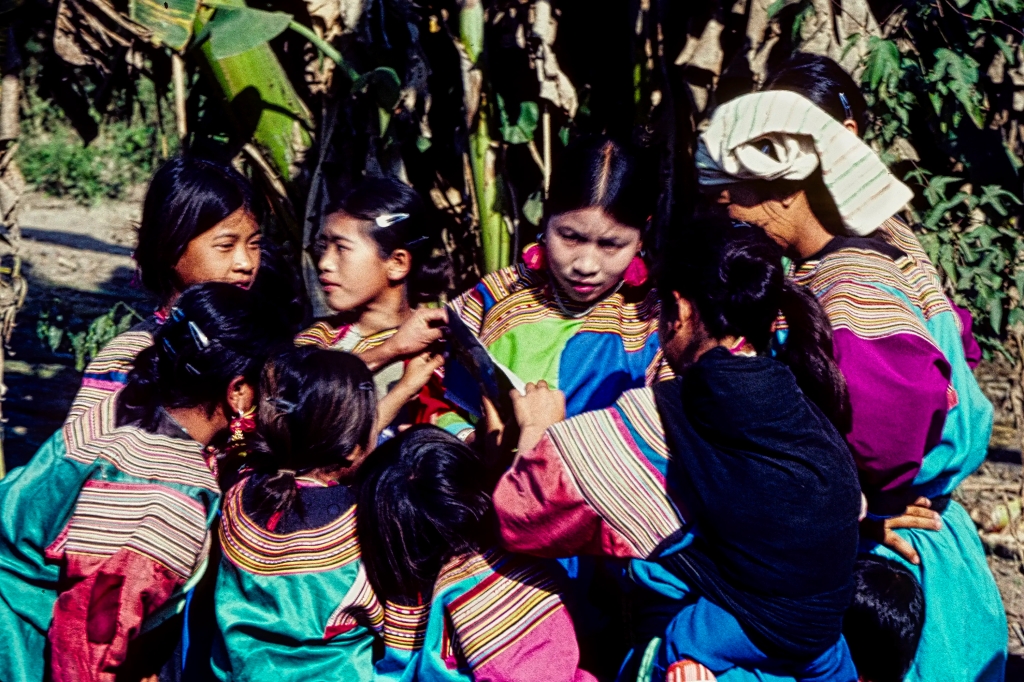
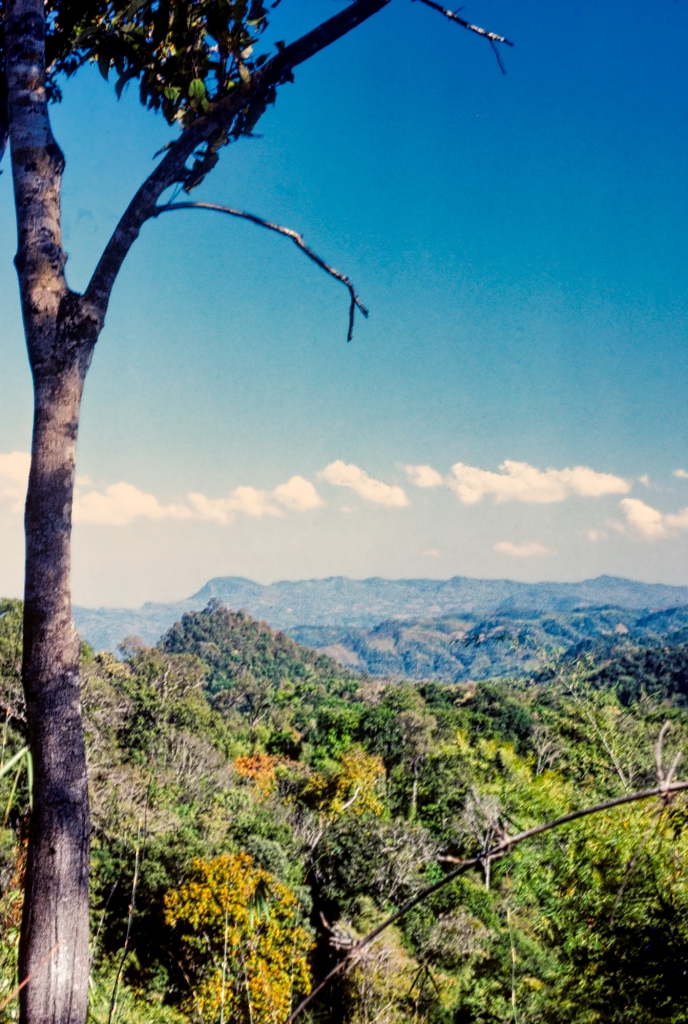
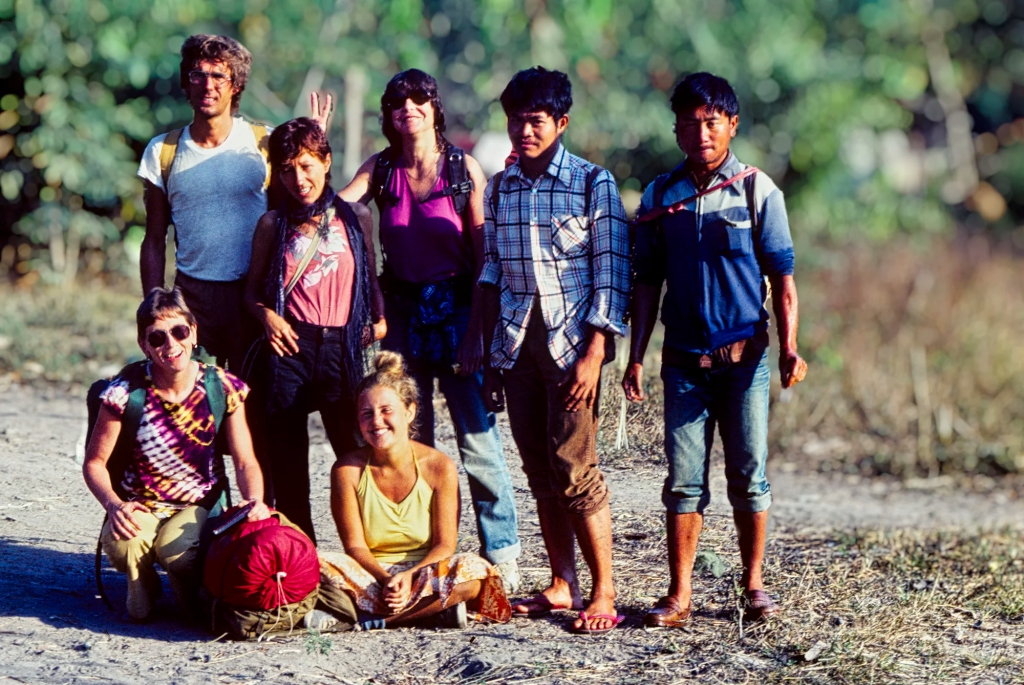
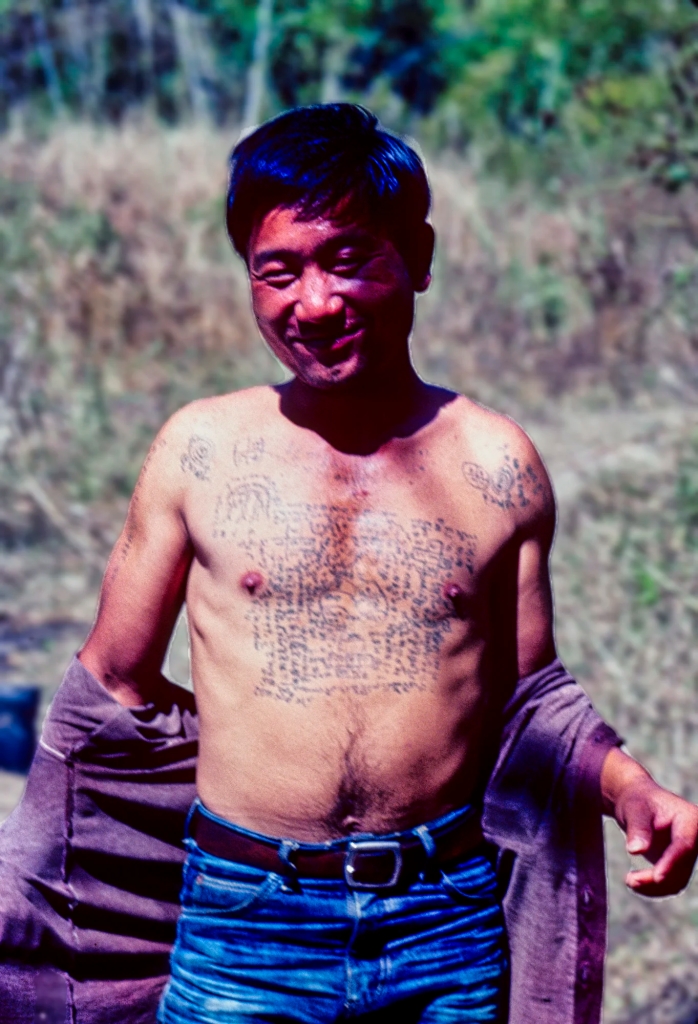
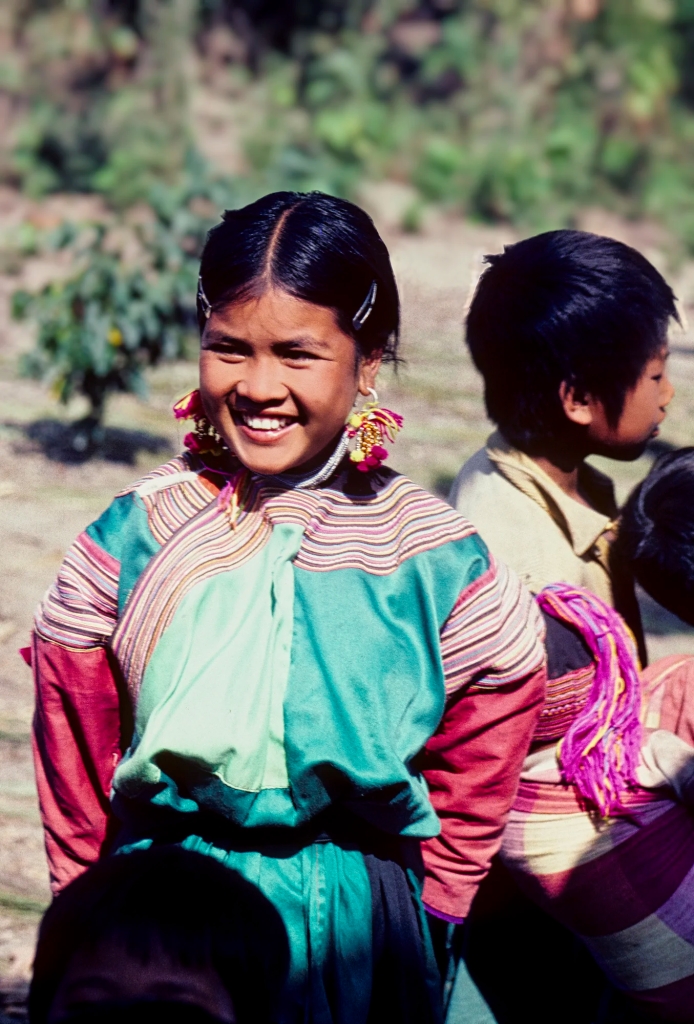
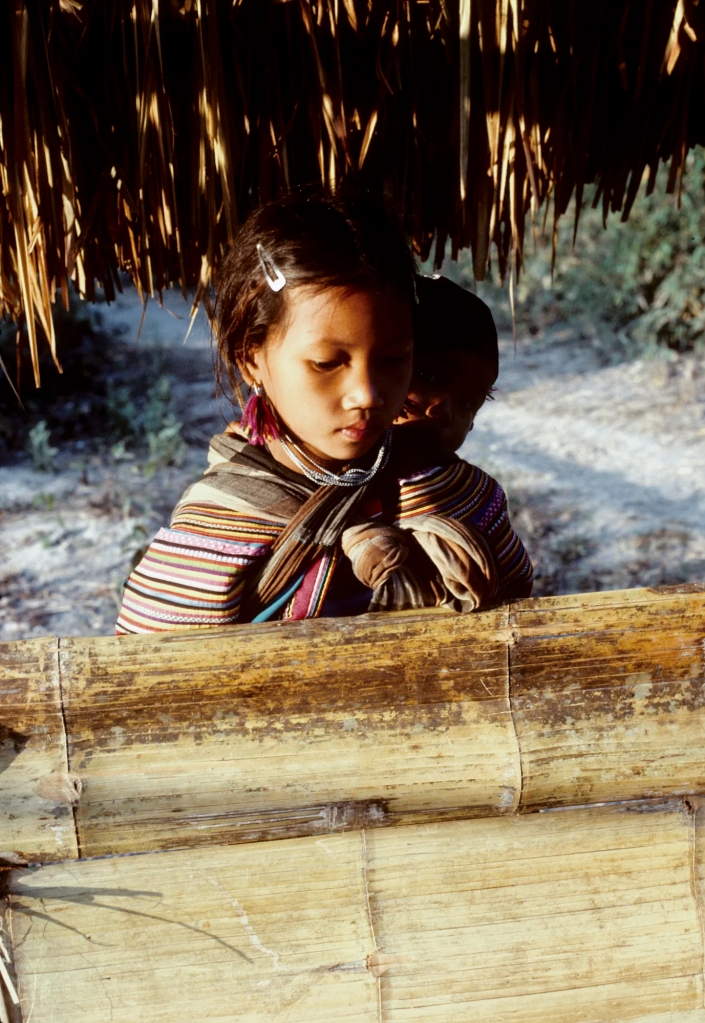
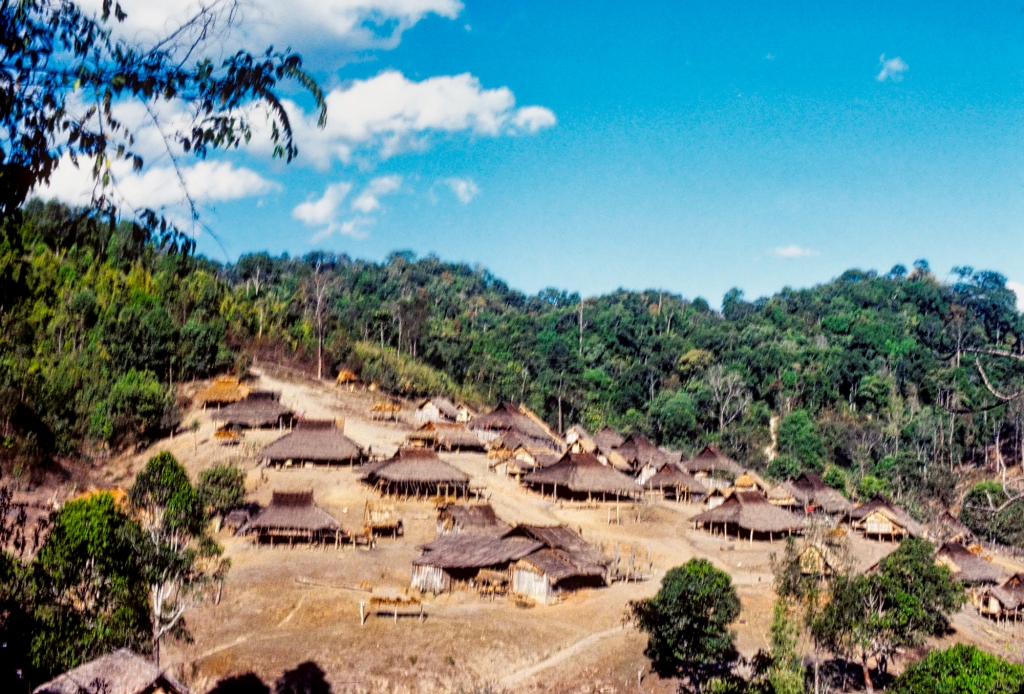
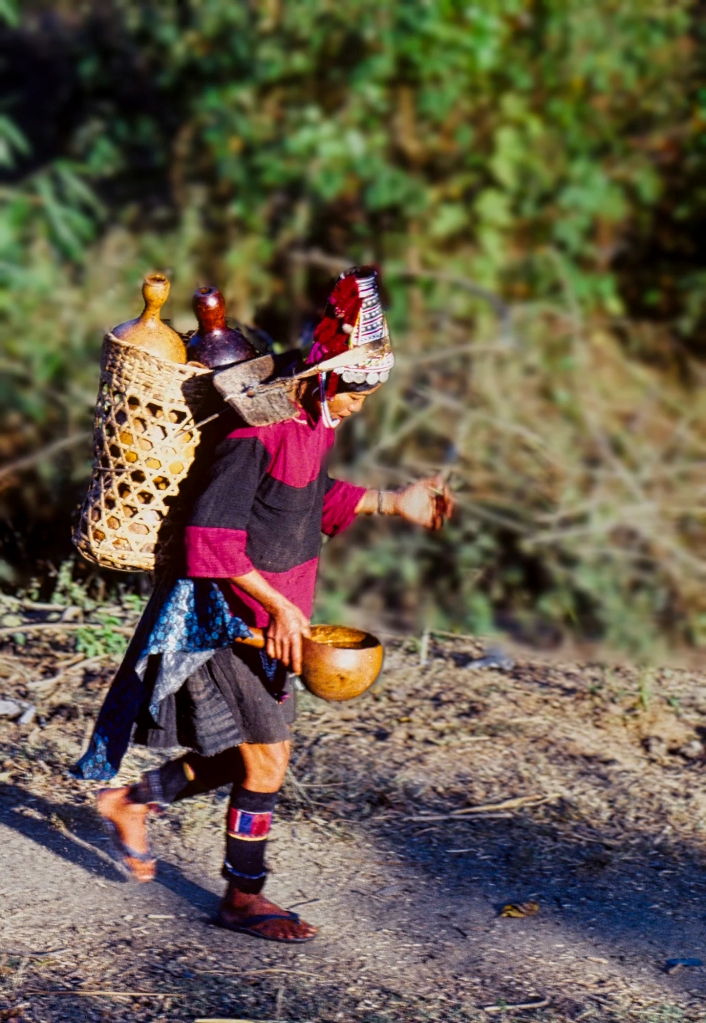
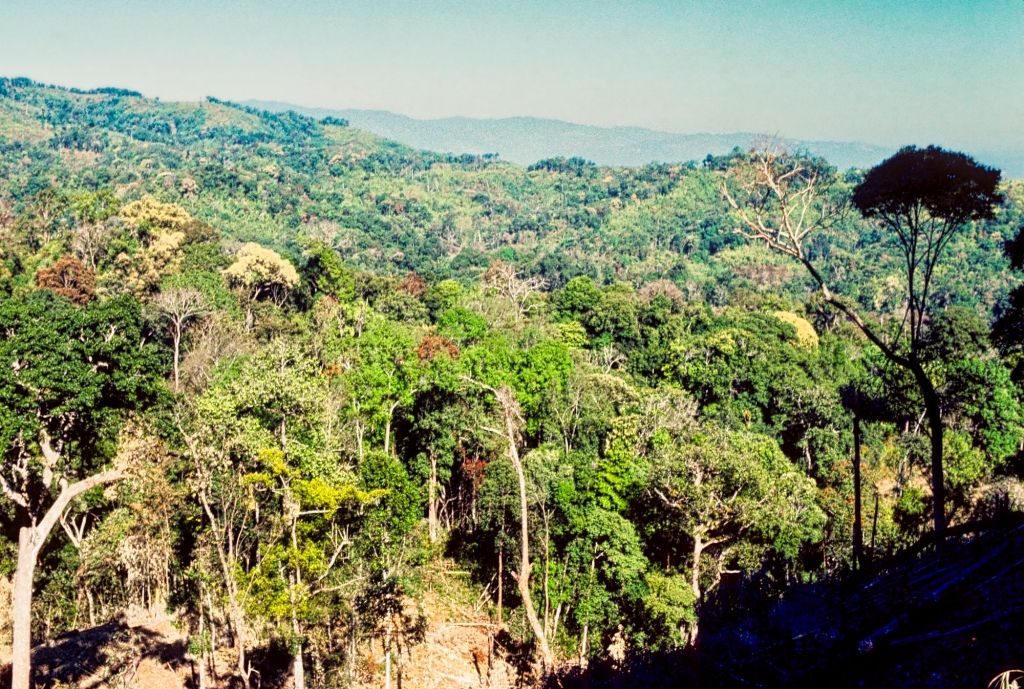
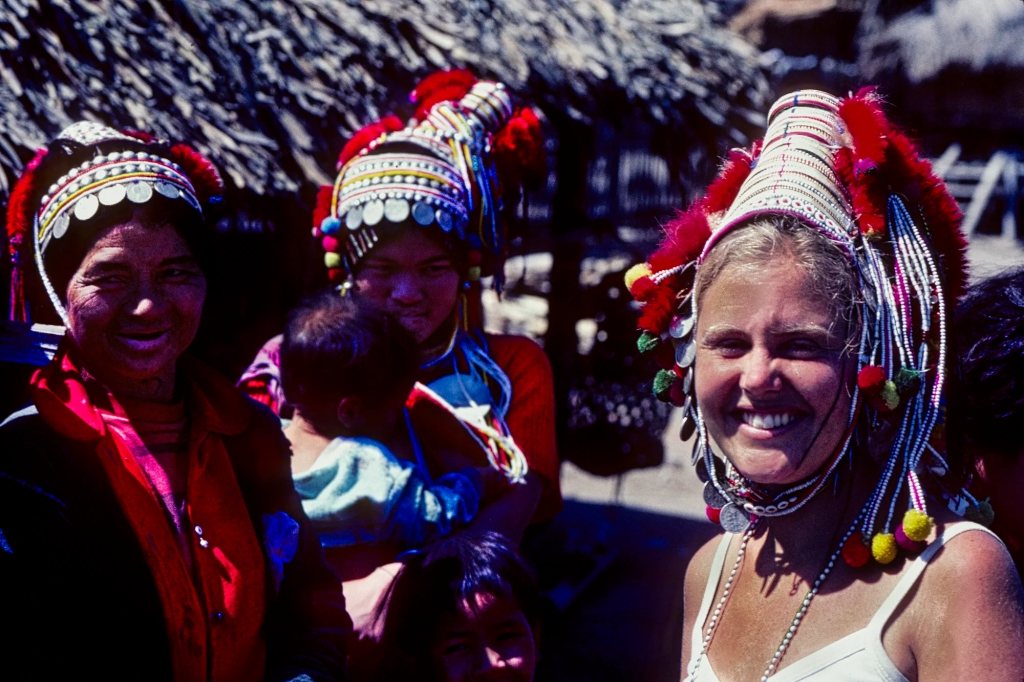
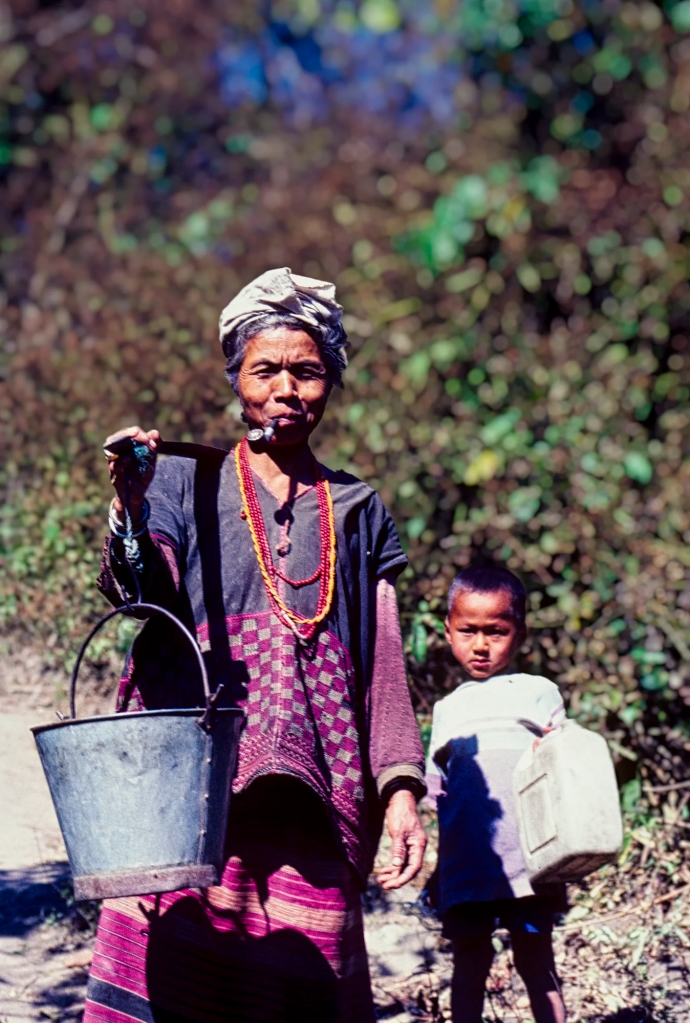
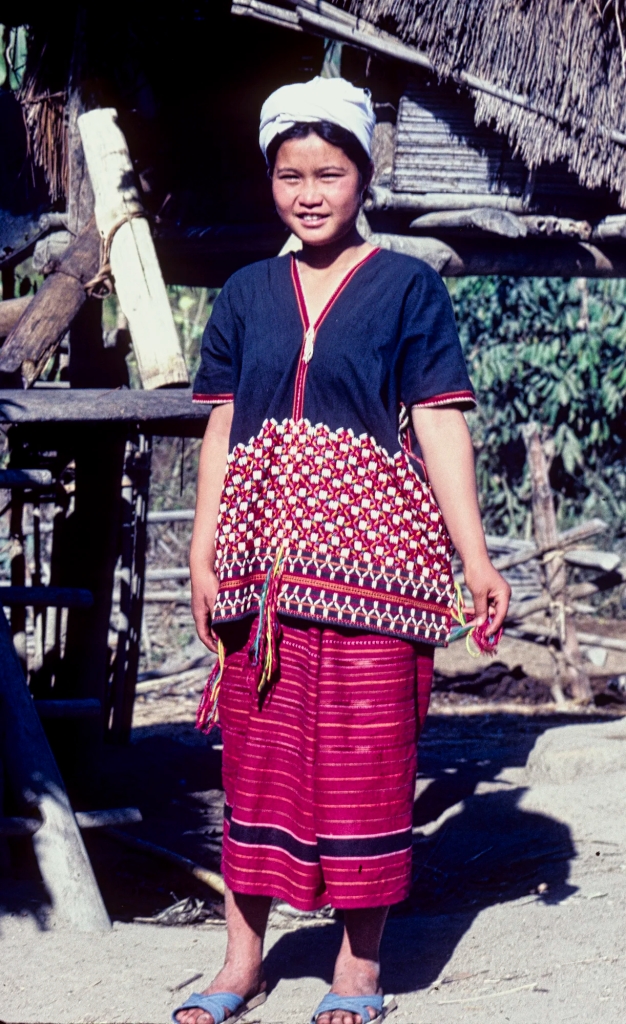
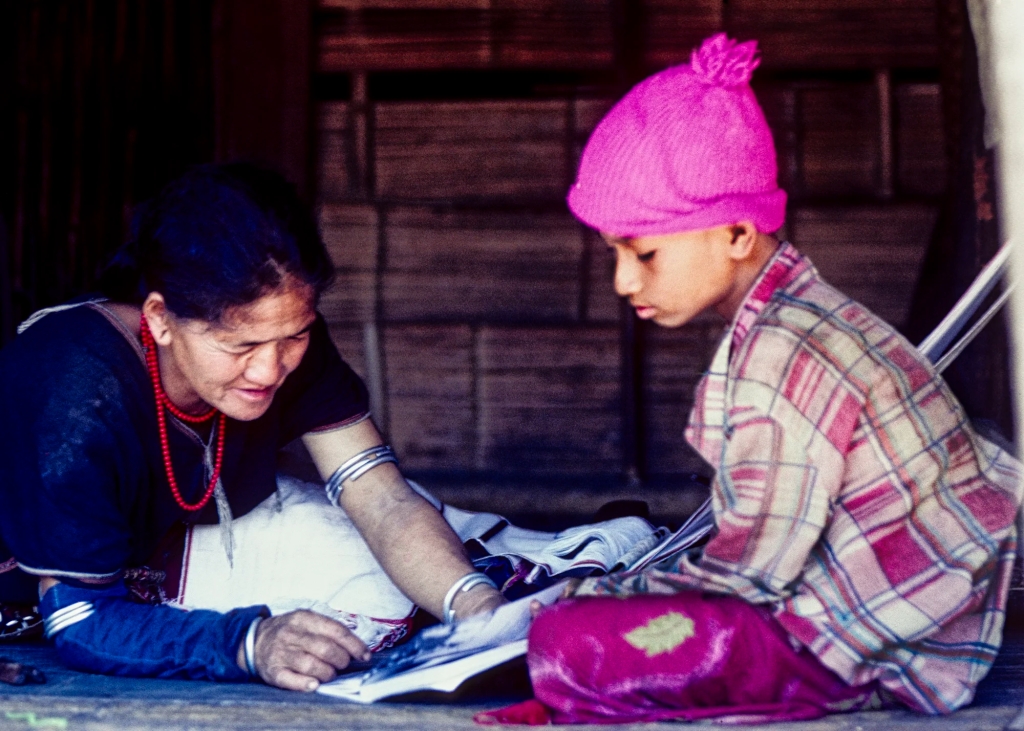
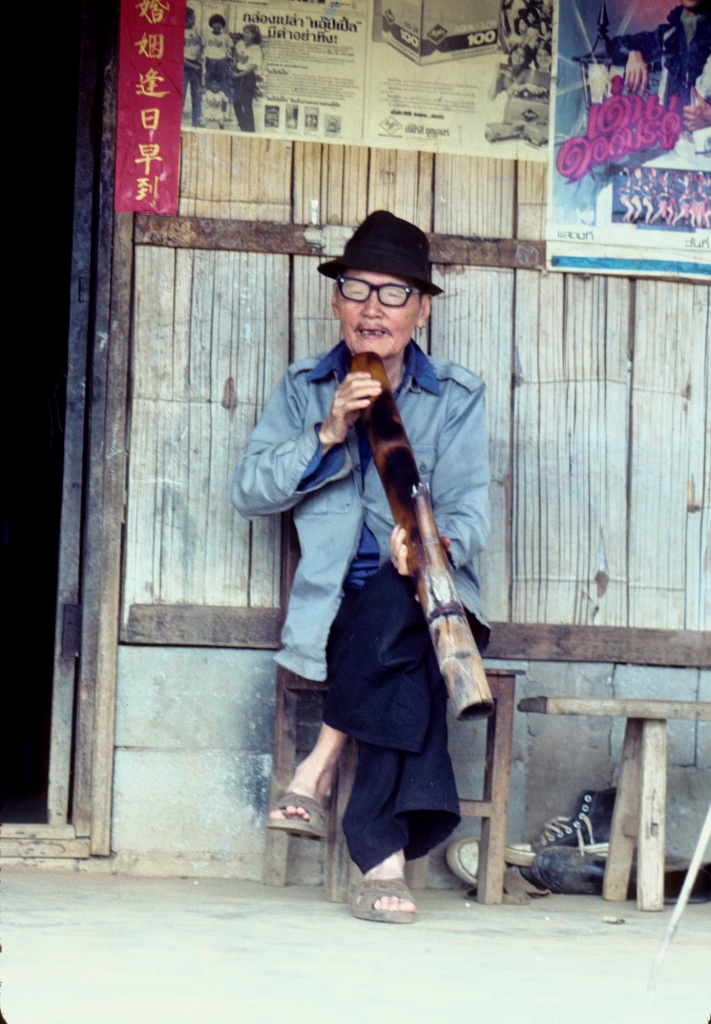
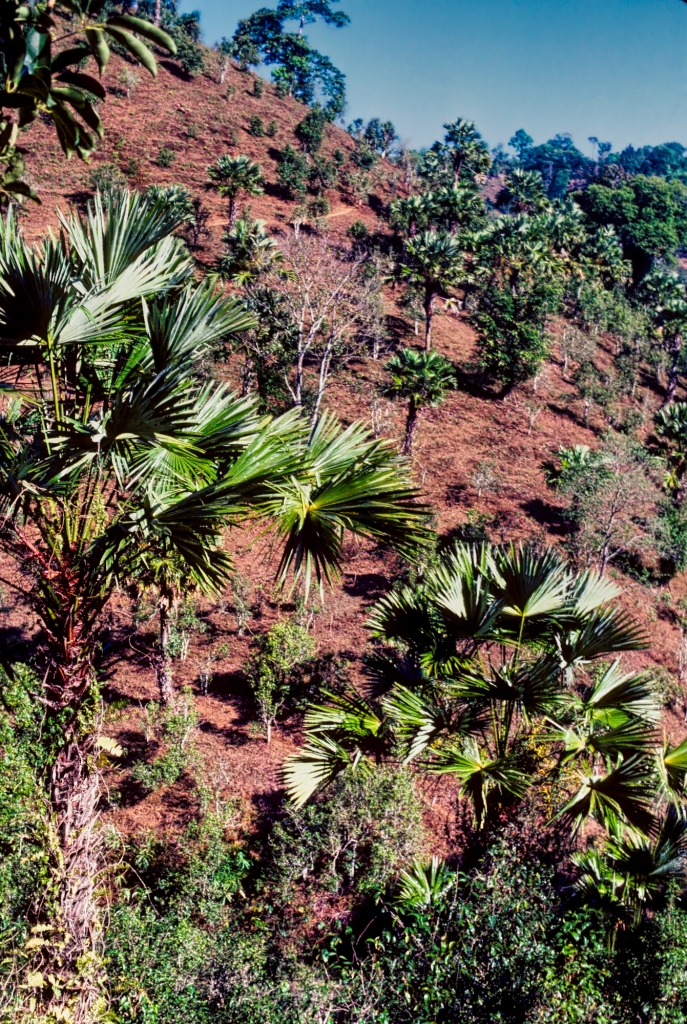
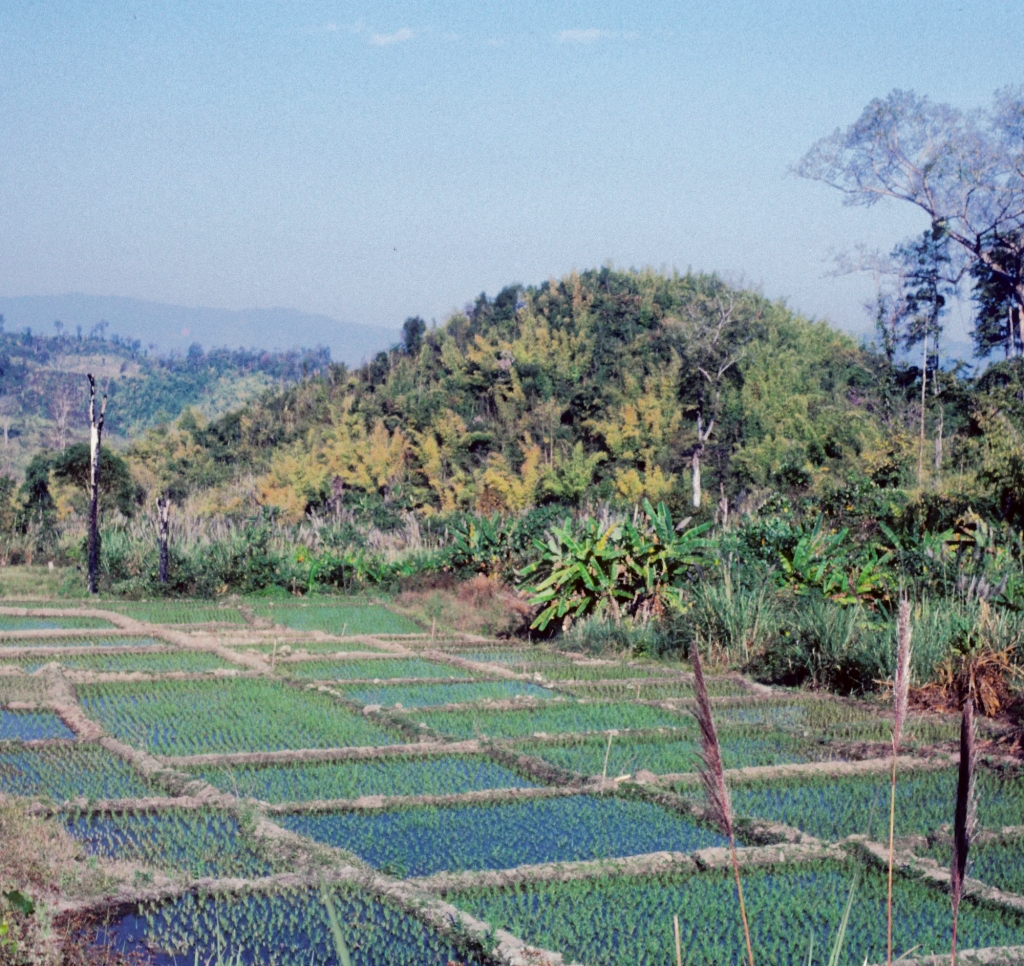
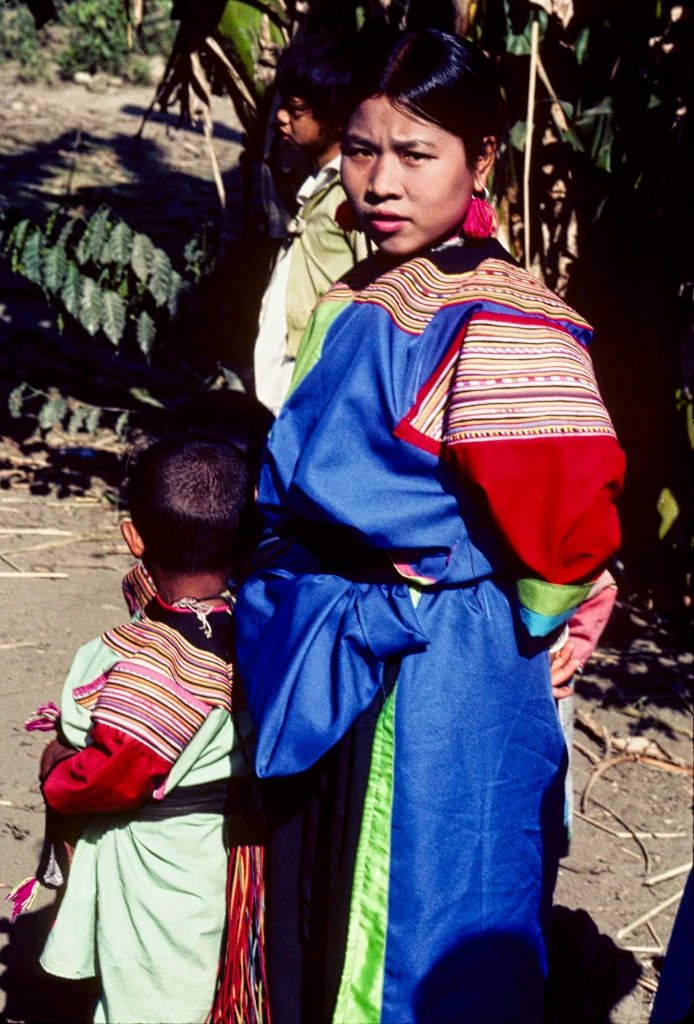
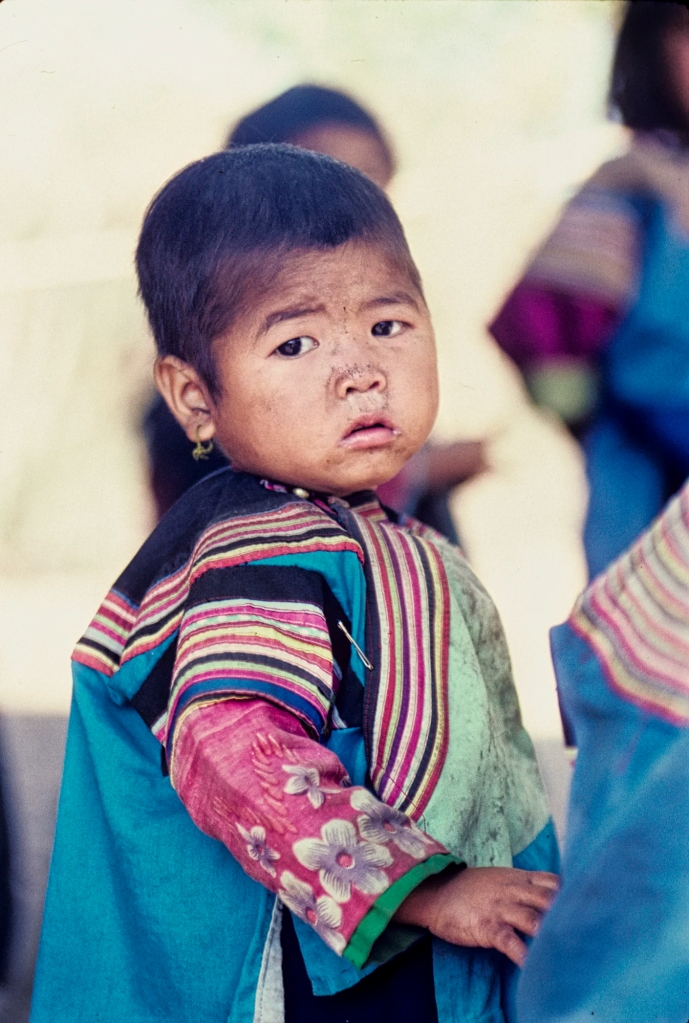
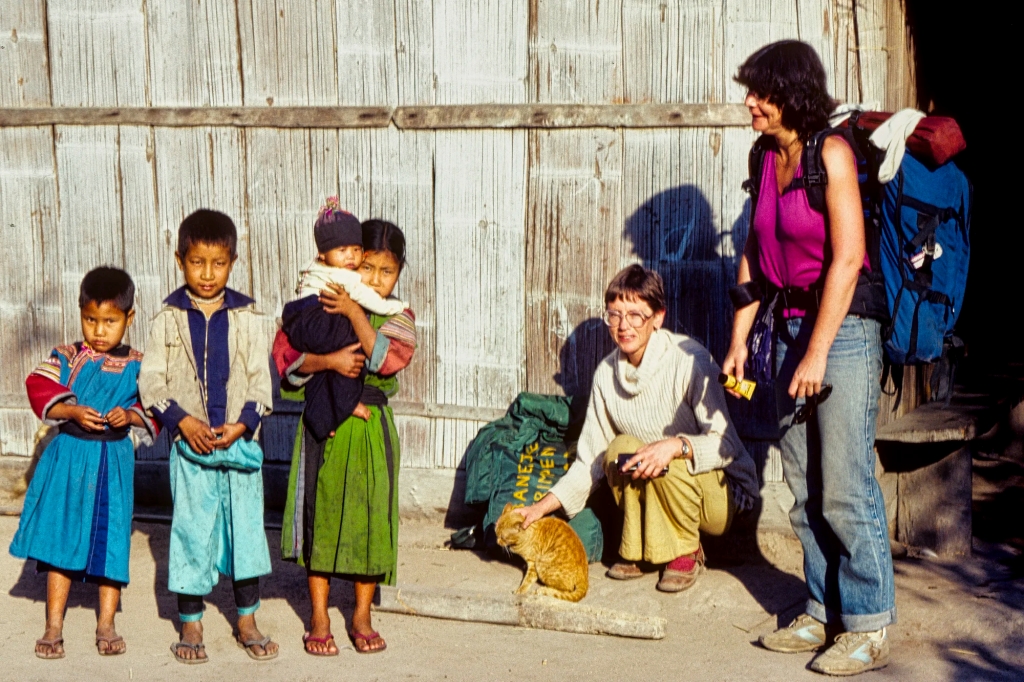
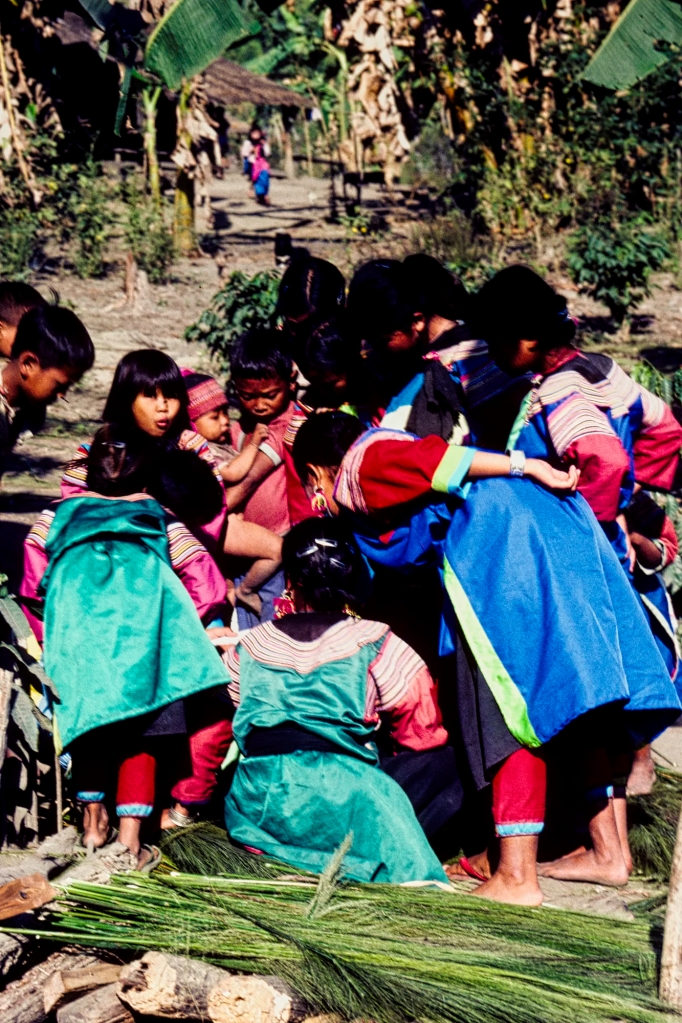
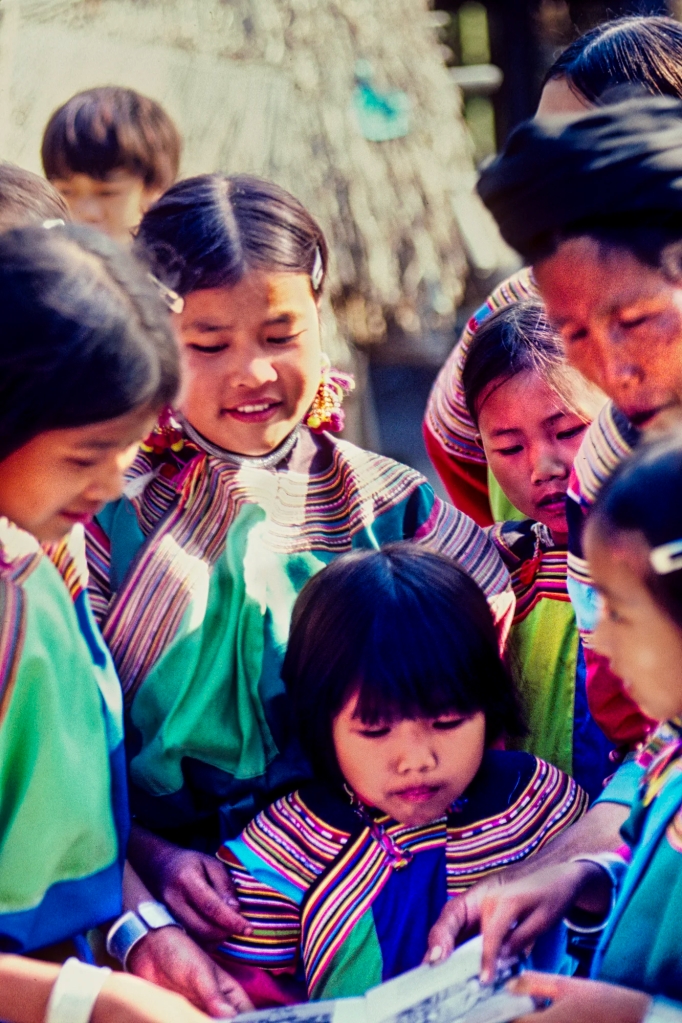
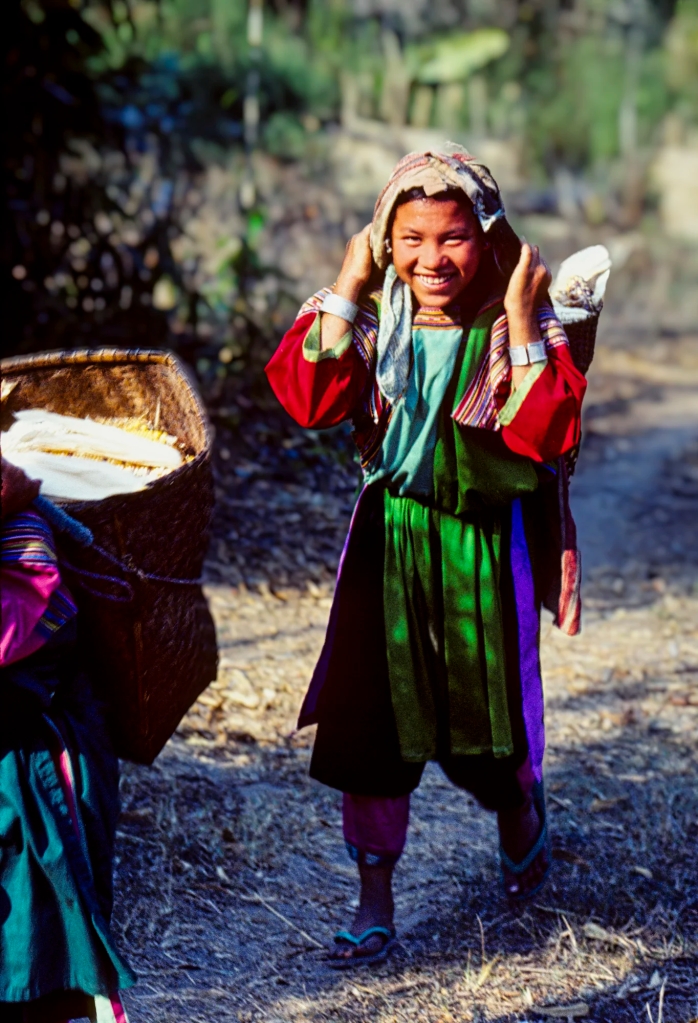
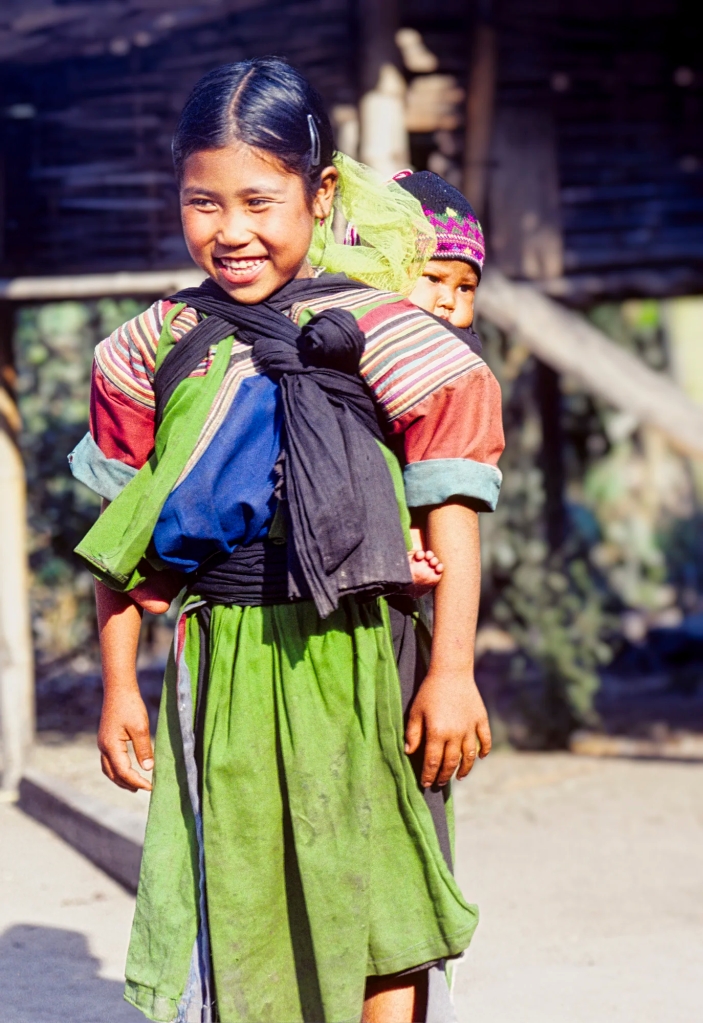
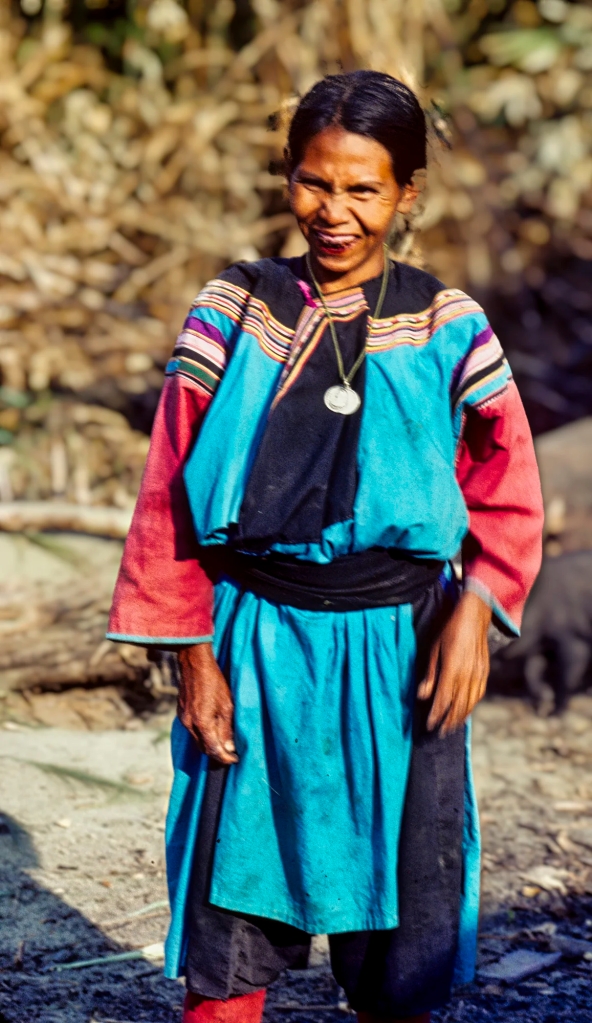
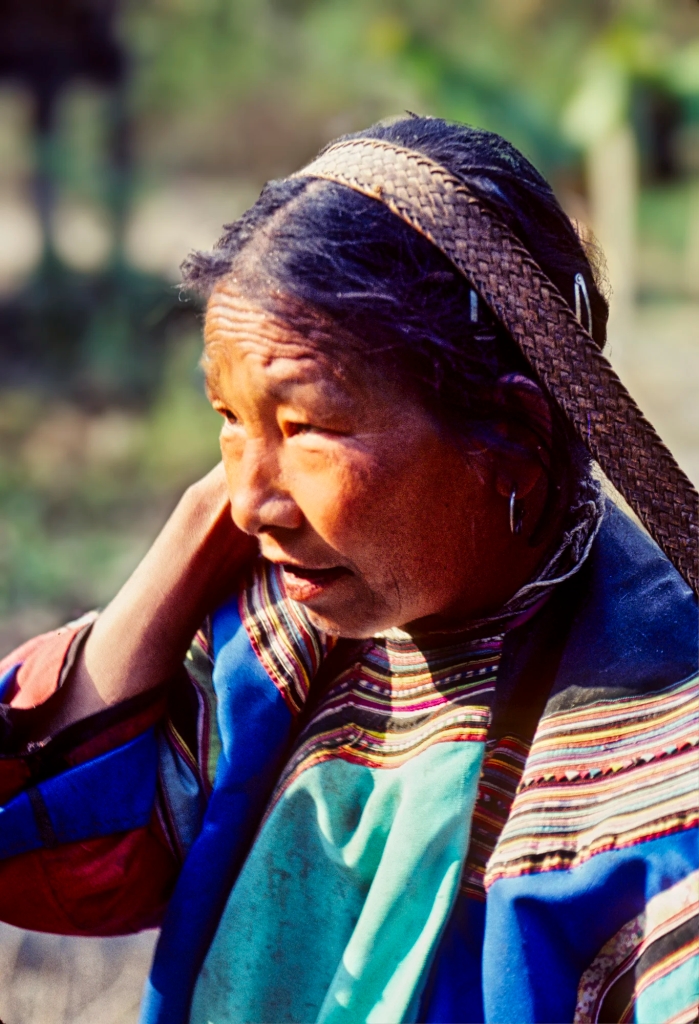
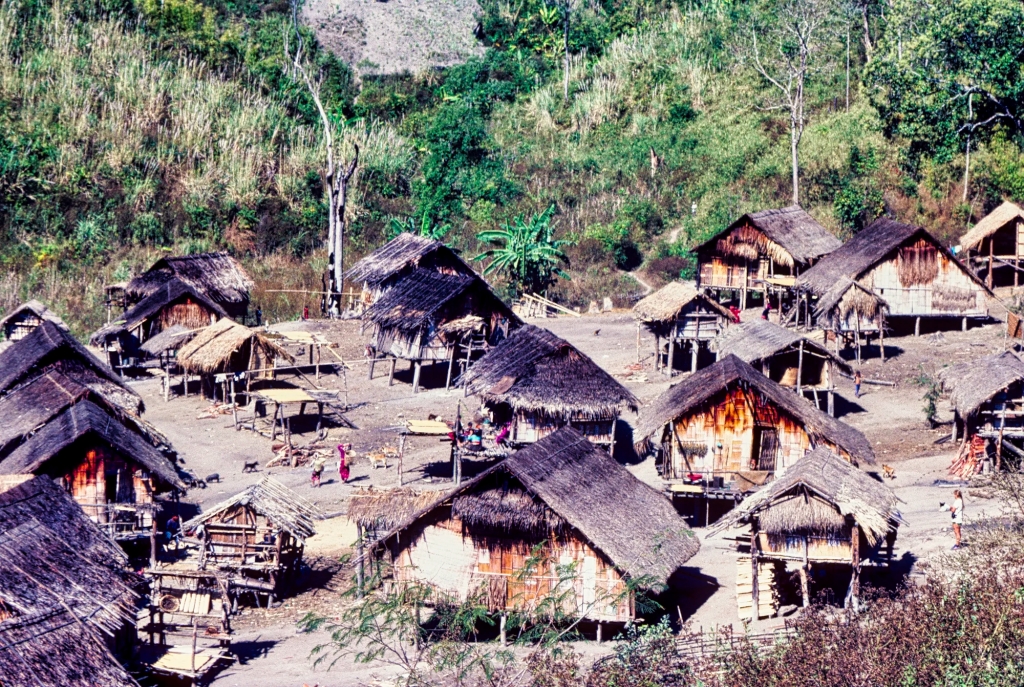
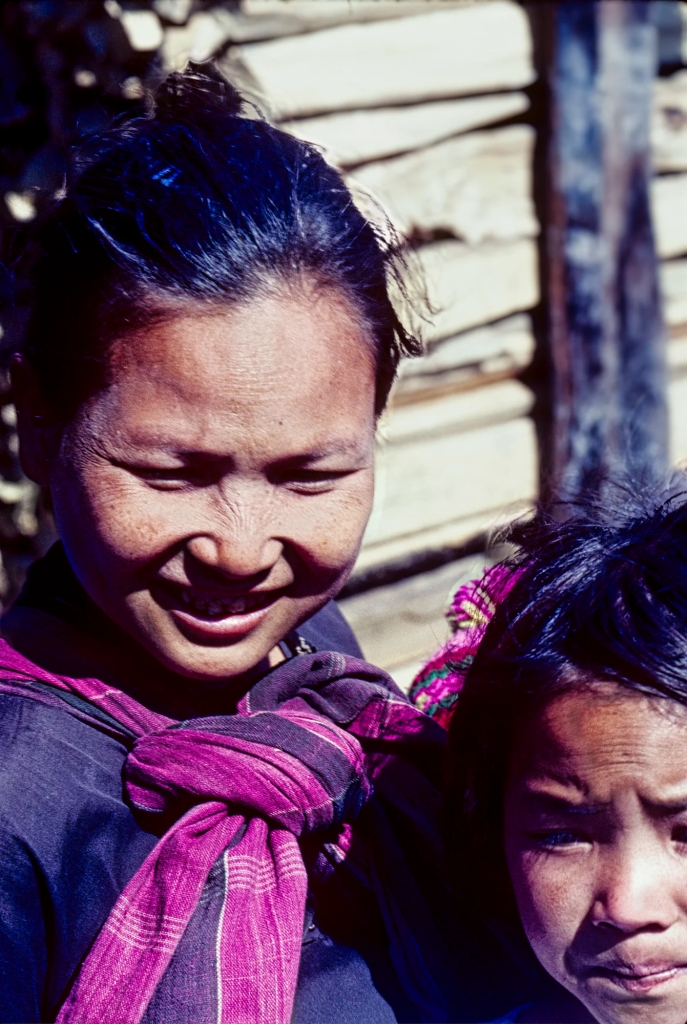
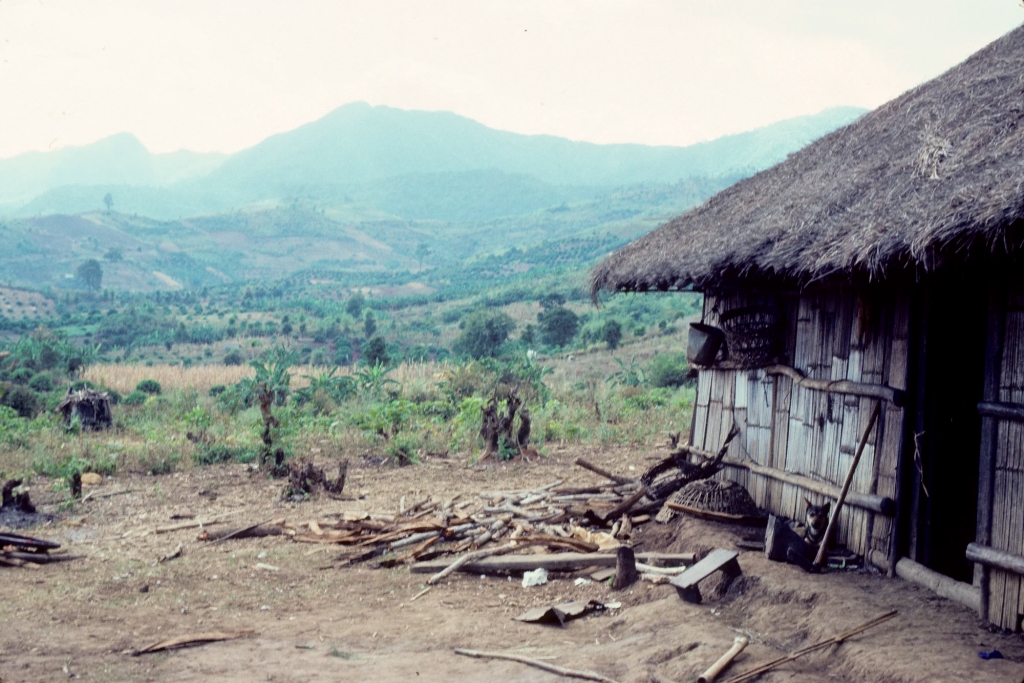
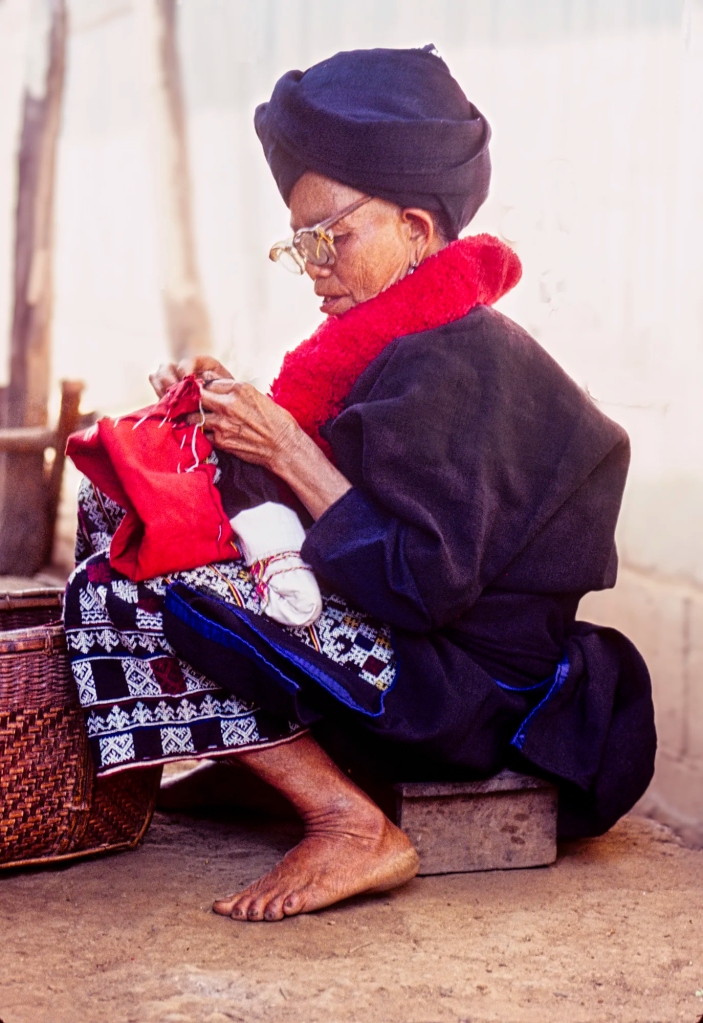
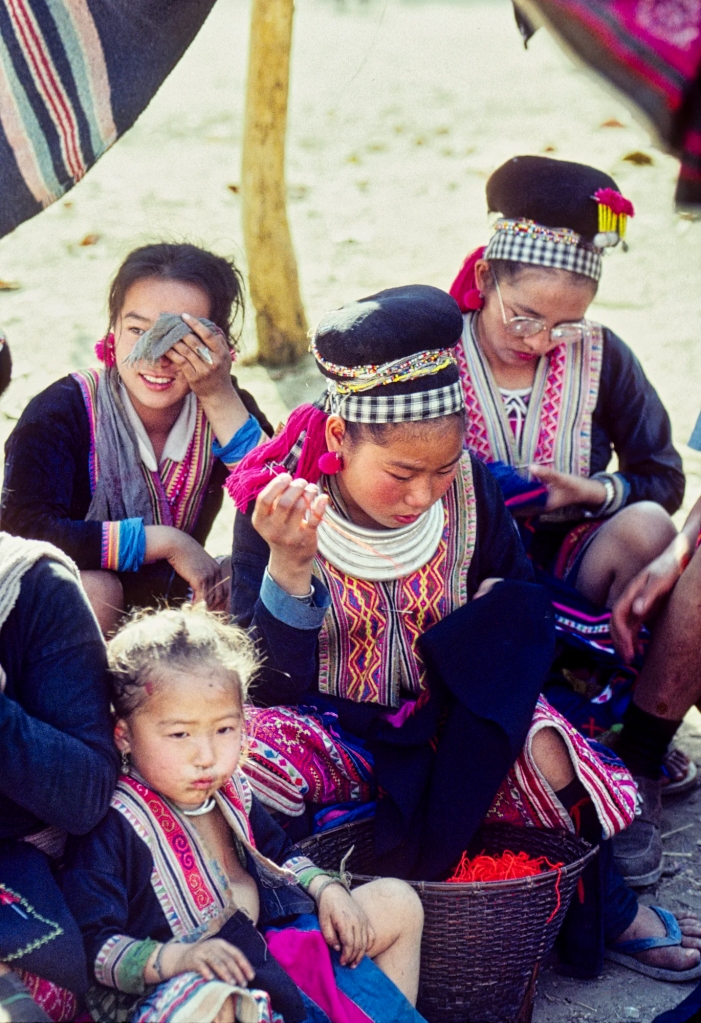
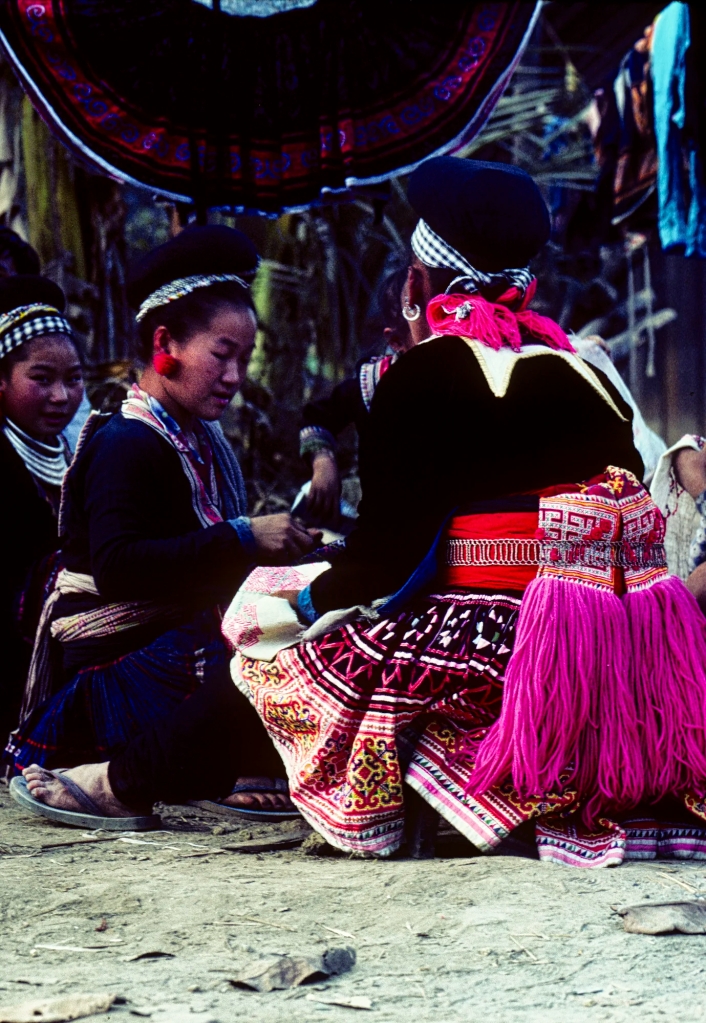
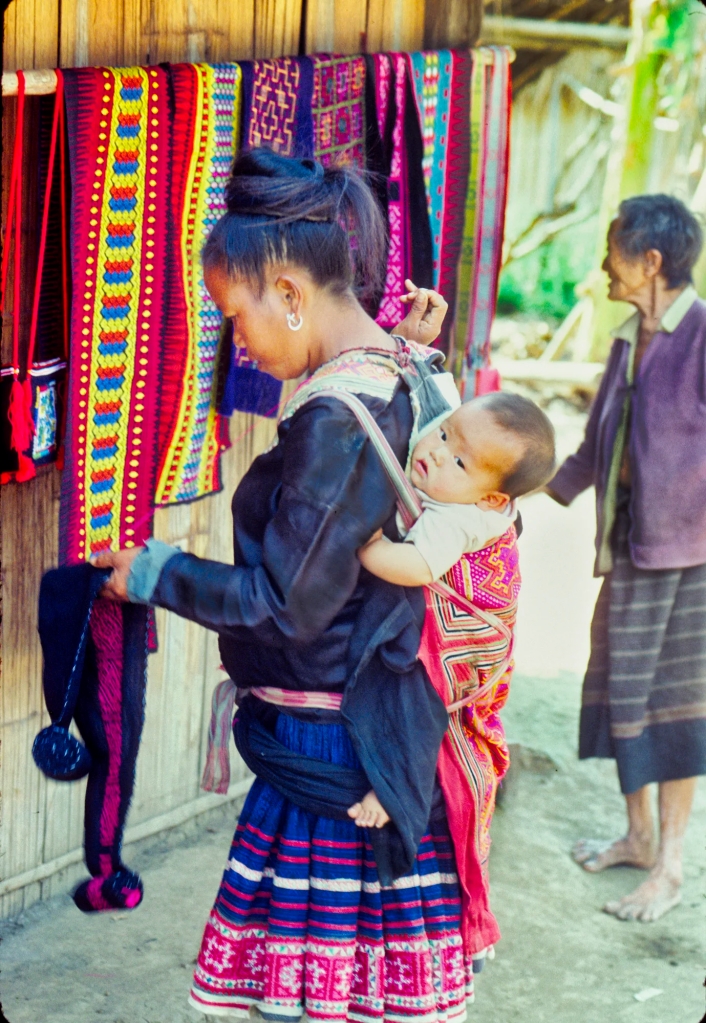
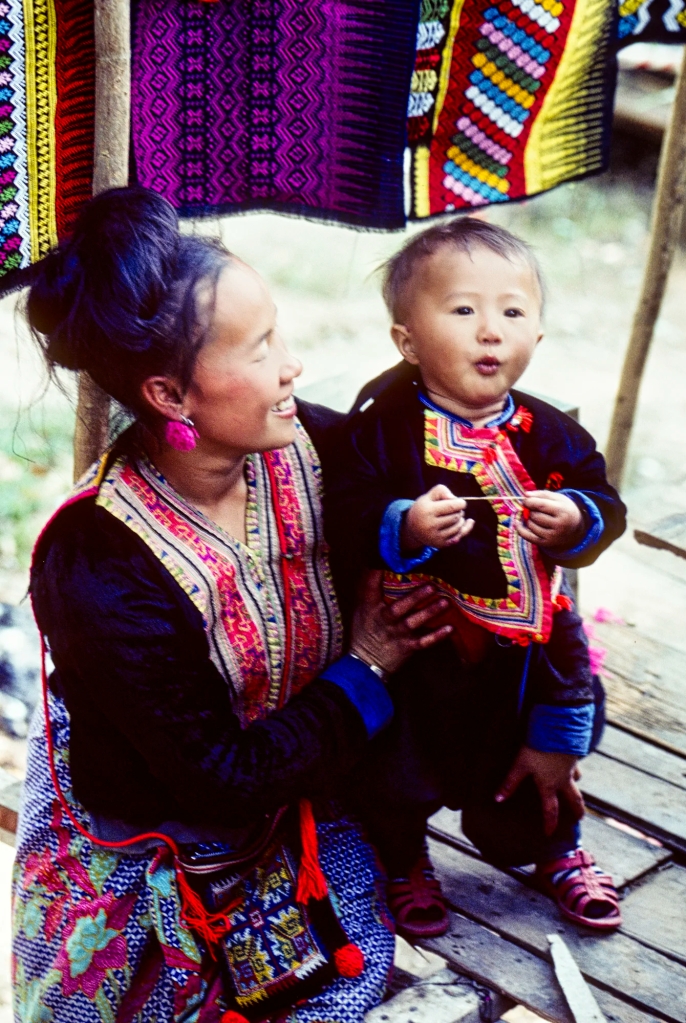
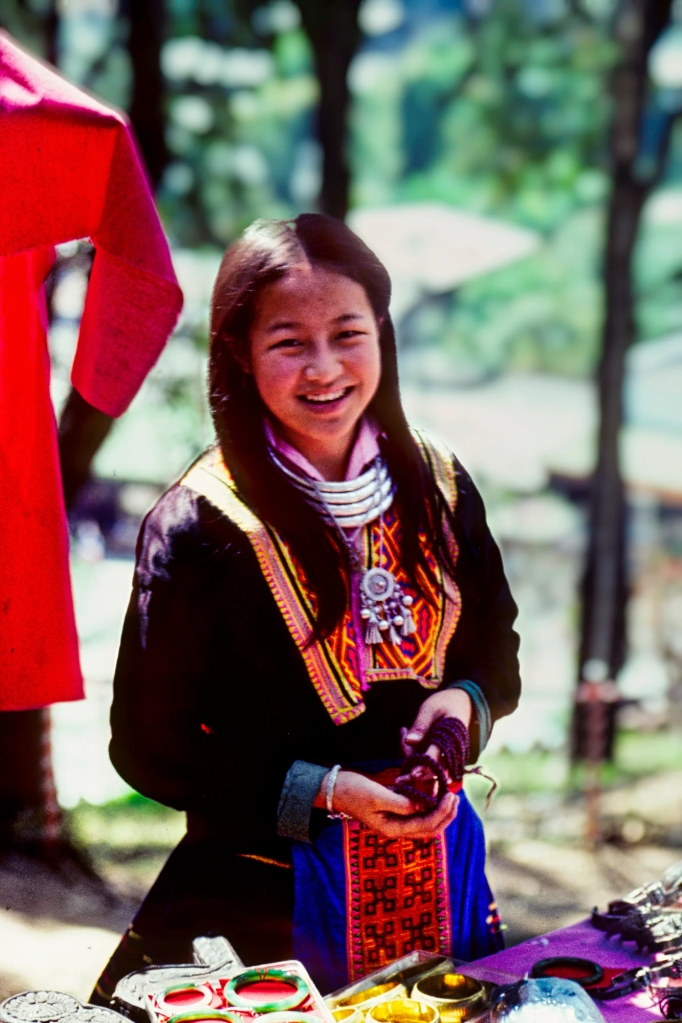
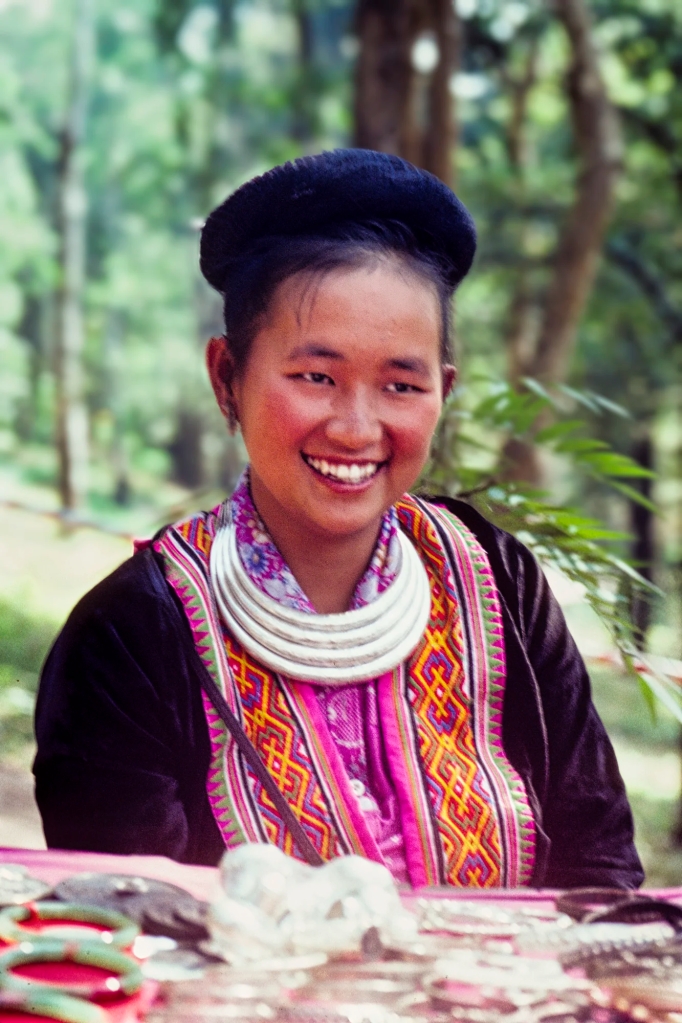
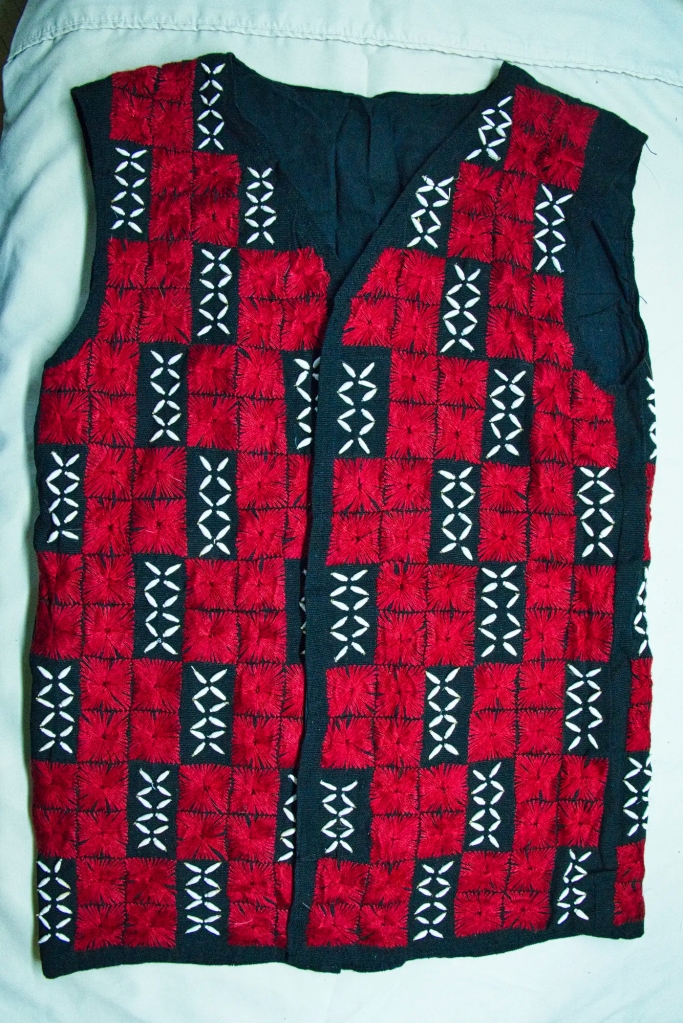
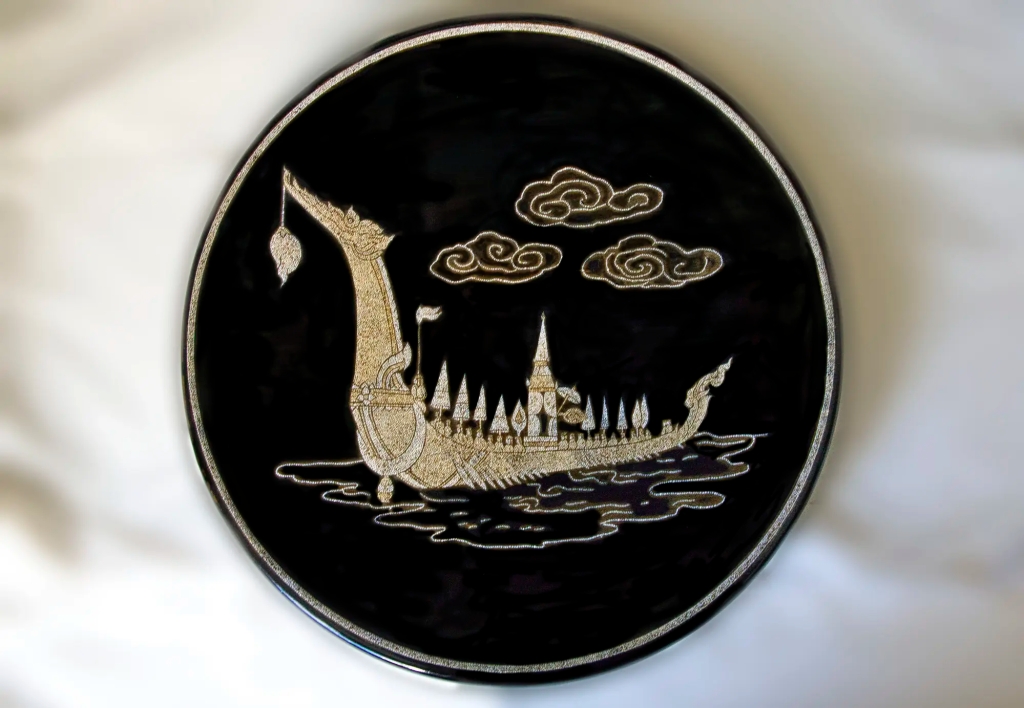
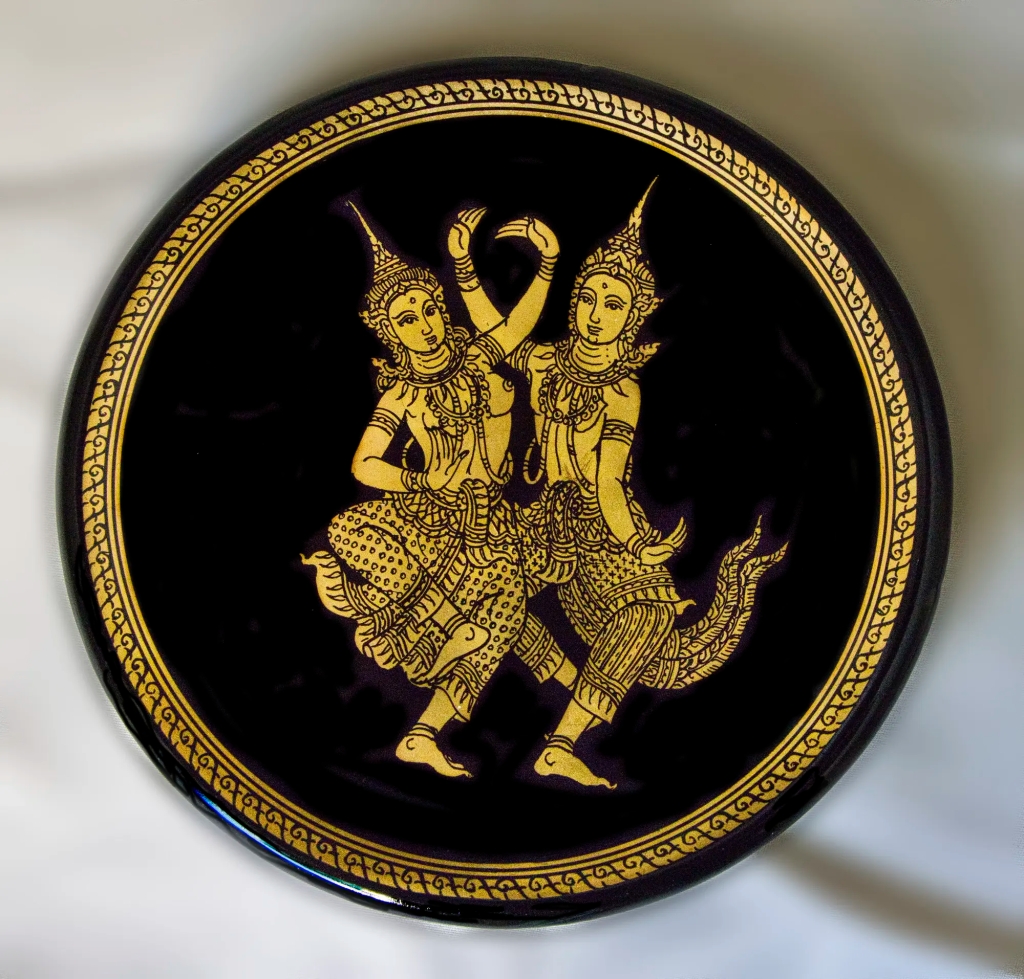
fantastic!!!
You really should put all of this in a book.
I’d buy the 2nd copy.
xxx
JL
LikeLike